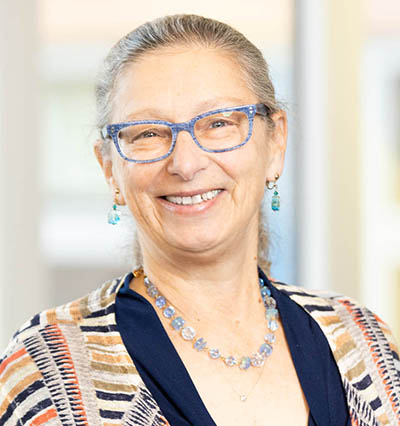Moving to defuse a senior-living time bomb

Opus, an innovative retirement community in the US, shows senior living can be affordable, reports Nicol Dynes.
The US has a problem. Many older Americans have too much money to qualify for government-subsidised housing, but not enough to pay for long-term care. Many middle-class people find they cannot maintain their standard of living when they retire, and staying in
their home can be unaffordable as well as being unsafe.
“There’s a forgotten middle in the US,” said Elizabeth White, founder of NUUAge Coliving. “Millions of Americans cannot afford market-rate senior housing, but they don’t qualify for government assistance. We’re facing a retirement income crisis, as people live longer lives, but have smaller nest eggs. We should think more and more strategically about what’s coming. Longevity is right up there with climate change as a major challenge.”
The latest update of a NORC/University of Chicago study estimates that, by 2033, the number of middle-income people above the age of 75 will almost double to 16 million, as the baby-boomers age. Around three-quarters of them – 11.5 million – will be unable to pay for private assisted living without selling their home, and 39% will find it unaffordable even with home equity.
The challenge is clear, but some innovative solutions are emerging. In Newton, Massachusetts, the Opus retirement village is experimenting with a new model: when they move in, people agree to engage in some activity. Opus residents are expected to volunteer at least 10 hours a month in various roles, ranging from garden club organiser to setting tables for dinner, and working in the library to being a front-desk greeter.
Keeping costs lower
By signing up to making an active contribution to the community, residents are brought together and at the same time fewer staff are needed, which means costs are kept lower.
The project, in an area of Boston that has some of the most expensive real estate in the US, has been successful. Building work is still ongoing and won’t be completed until next year, but 95% of the 174 available residences – one and two-bedroom apartments – have been sold on a life-long lease and the rest reserved. Monthly service charges will be kept below market rates.

Behind the Opus project is 2Life Communities, a not-for-profit organisation that specialises in what it calls “ageing in community model”. This combines affordable, independent living with a communal lifestyle. The Opus campus, like the five others the organisation runs, will have a restaurant, cafe, art studio, classroom, fitness spaces, patios, gardens and walking trails to encourage residents to be active and to socialise.
“We’re not just about making senior living affordable to the middle market, but about ageing in communities in a dynamic and supportive environment,” says Amy Schectman, president and chief executive of 2Life Communities. “Society often assumes that older adults have no use or purpose. We’re saying: ‘You’ve got wisdom, experience and perspective. You can continue to contribute and share your talents and interests and we’re going to facilitate that.’”
Pay-as-you-go care
Another innovation is that those who need care will receive it in their own apartments, rather than having to move to a different place when they become less self-sufficient. By providing at-home care on site, residents can opt in or out of services depending on need, which reduces costs. They will only pay for what they get, whether it’s help with a 15-minute shower or a long physiotherapy session, and the caregiver’s time will be spread among others in the same building.
It’s a more practical way of providing a safety net that reduces the cost of care and living so that residents’ funds last longer.
“The way we view ageing is shifting and so should the care and living options surrounding it,” said Schectman. “Opus prioritises affordability, community and not only ageing in place, but ageing in the right place.
“This model brings a prototype to both our region and the nation, confronting the largely unaddressed dearth of middle-market senior-living options for what we call ‘the forgotten middle’. We want this framework to be adopted by other organisations, and we’re here to guide and support them along the way.”
Opus is a prototype that can be reproduced elsewhere, 2Life believes, and the organisation is planning to expand it across the Greater Boston area and beyond, seeking partnerships with like-minded groups and communities. The model is sustainable and replicable – and might even work in Europe.

